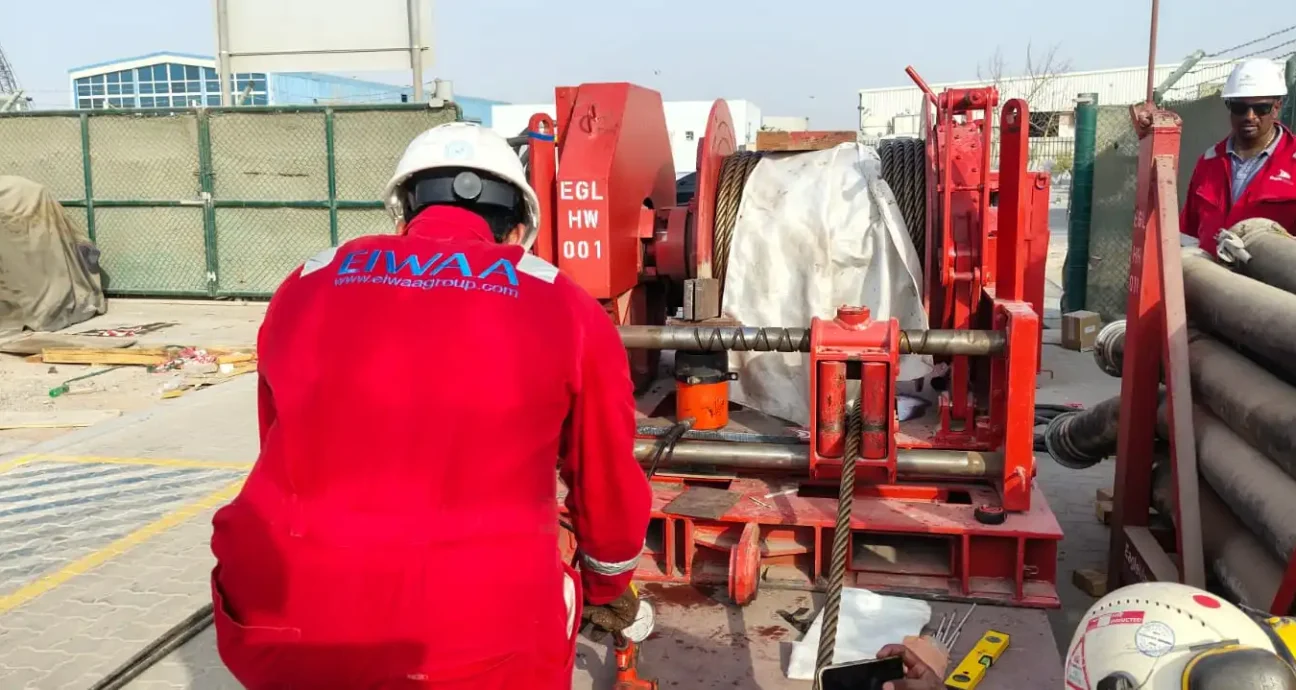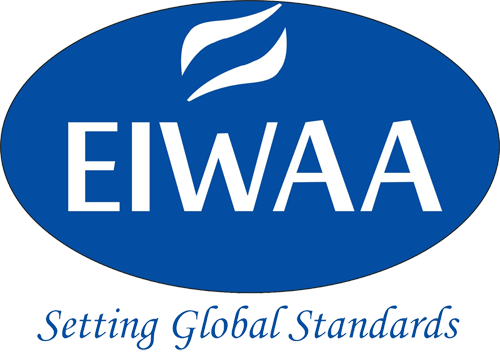
BRAKE RENDERING TEST IN UAE
Brake holding tests, pull tests, and brake rendering tests are part of the annual inspection and testing of mooring winches in ships and boats to make sure there is no overload or slippage. Mooring winches must undergo periodic and annual inspections to ensure that the brake rendering and its capacity or slips during any kind of loading at SWL or proof load are not placing excessive strain on the mooring lines and equipment. The safety assurance, IMO and LEEA standard compliance, controlled testing, and non-destructive evaluation services needs were all confirmed by our mooring winch brake rendering testing kit. The IACS-approved load testing engineers use hydraulic jacks, a calibrated dynamometer load cell, and lifting inspection equipment to test the mooring winch’s proof load and brake holding capacity.
Codes and standards of Mooring winch inspection and Brake rendering testing are,
- Mooring equipment should be tested for safe lifting operation according to SOLAS (Safety of Life at Sea), regulations Chapter II-1: Machinery and Electrical Installations.
- MSC.1/Circ.1175: Onboard Towing and Mooring Equipment rules and regulations.
- Marine classification rules for ship Designing Mooring Arrangements, requirements and methods of Right Mooring Equipment and Fittings (MSC.1/Circ.1619, 2019).
- Classification for the Inspection and testing of Mooring Equipment’s, requirements, methods, rules and regulations of mooring Lines (MSC.1/Circ.1620, 2019).
- ISO 3730:2012: Mooring winches requirements, methods and testing.
- ISO 1704:2007: Shipboard steel wire ropes: SWL and MBL requirements.
ANCHOR WINDLASS INSPECTION IN UAE
For safe marine operations and meeting compliance with the class regulations, anchor windlass inspection and testing is mandatory for safe operations. Our class surveyors provide visual inspection, NDT Inspection, Functional testing and pull testing of anchor windlass by using calibrated dynamometer load cells, shackles and slings. NDT inspection may eddy current testing, magnetic particle inspection and dye penetrant inspection ensure cracks and linear indication while overloading. Codes and standards of Anchor windlass inspection and certification services are,
- Anchoring and windlass marine equipment should be secure, safe, and subject to periodic maintenance, as per SOLAS Chapter II-1 (the code covers ship construction standards—structure, stability, machinery, and electrical installations).
- Guidance on onboard towing and mooring equipment (MSC/Circ.1175) provides requirements and methods for the safe use and testing of anchoring equipment.
- Guidelines for the design, examination, and maintenance of mooring and anchoring systems cover MSC.1/Circ.1619 & 1620 (2019).
- Functional, visual, and operational testing of anchor windlasses as part of annual surveys.
- Brake testing, pull testing, anchor inspection, 5-year inspection, and a thorough examination are all required for inspection and testing.
- Compliance with the requirements of brake holding capacity must be at least 80% of the Minimum Breaking Load (MBL) of the chain cable.
- Shipbuilding—Mooring and Anchoring Winches: ISO 3730:2012 covers the specifications for inspection and testing.
- Covers anchor chain cables and their strength criteria as they relate to windlass brake testing in ISO 4568.
